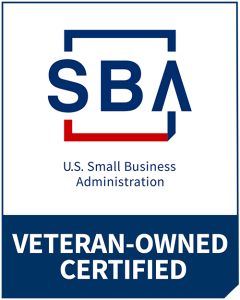Logistics Requirements Writing: Ensuring Clarity and Efficiency
Introduction
In the complex world of supply chain management, effective logistics requirements writing plays a critical role in streamlining operations and optimizing processes. Clear and concise documentation of logistics requirements ensures that all stakeholders have a common understanding of project objectives and expectations.
II. Key Steps to Effective Logistics Requirements Writing
A. Collaborate with Stakeholders
Successful logistics requirements writing begins with active collaboration among stakeholders. Involve representatives from different departments to gather diverse perspectives and ensure comprehensive documentation.
B. Define Project Scope and Objectives
Clearly define the scope and objectives of the logistics project. This includes outlining the specific deliverables and outcomes expected from the implementation.
C. Identify Key Performance Indicators (KPIs)
Establish measurable KPIs that will gauge the success of the logistics solution. KPIs may include delivery time, inventory turnover, and cost savings.
D. Document Process Flow and Workflow
Visualize the process flow and workflow to provide a clear understanding of how logistics activities will be executed.
E. Specify Technical and Functional Requirements
Detail technical specifications and functional requirements of the logistics solution. This helps in selecting appropriate technologies and tools.
F. Set Realistic Timelines and Milestones
Create a timeline with achievable milestones to track progress and ensure timely completion of the project.
G. Conduct Review and Validation
Thoroughly review and validate the logistics requirements with all stakeholders to ensure accuracy and alignment with business goals.
H. Use Clear and Consistent Language
Use clear and consistent language throughout the logistics documentation to avoid confusion and misunderstandings.
III. Best Practices in Logistics Requirements Writing
A. Keep Requirements Comprehensive yet Concise
Ensure that the logistics requirements cover all essential aspects while maintaining brevity to avoid overwhelming readers.
B. Prioritize Clarity and Avoid Ambiguity
Use straightforward language and avoid ambiguous terms that can lead to misinterpretations.
C. Utilize Visual Aids for Better Understanding
Incorporate visual aids such as flowcharts and diagrams to enhance the understanding of complex logistics processes.
D. Consider Future Scalability and Adaptability
Anticipate future needs and design logistics requirements that can adapt to changes in the business environment.
E. Review and Update Requirements Regularly
Logistics requirements are not static; review and update them regularly to reflect evolving business needs.
F. Foster Collaboration among Cross-functional Teams
Encourage collaboration and feedback from all stakeholders to ensure the logistics solution meets everyone’s requirements.
IV. The Impact of Well-Written Logistics Requirements
A. Streamlined Supply Chain Operations
Clear logistics requirements lead to efficient supply chain operations, reducing delays and bottlenecks.
B. Enhanced Communication and Coordination
Effective documentation fosters better communication and coordination among teams, reducing errors and misunderstandings.
C. Improved Process Efficiency and Productivity
Logistics requirements that align with business objectives streamline processes, leading to increased efficiency and productivity.
D. Minimized Risk of Errors and Misinterpretations
Well-defined requirements help minimize the risk of errors and misinterpretations during project execution.
V. Conclusion
Logistics requirements writing is a critical aspect of supply chain management. By following key steps and best practices, businesses can ensure clear communication and efficient execution of logistics projects, ultimately leading to a streamlined and optimized supply chain. Embrace effective logistics requirements writing to unlock the full potential of your supply chain operations.
